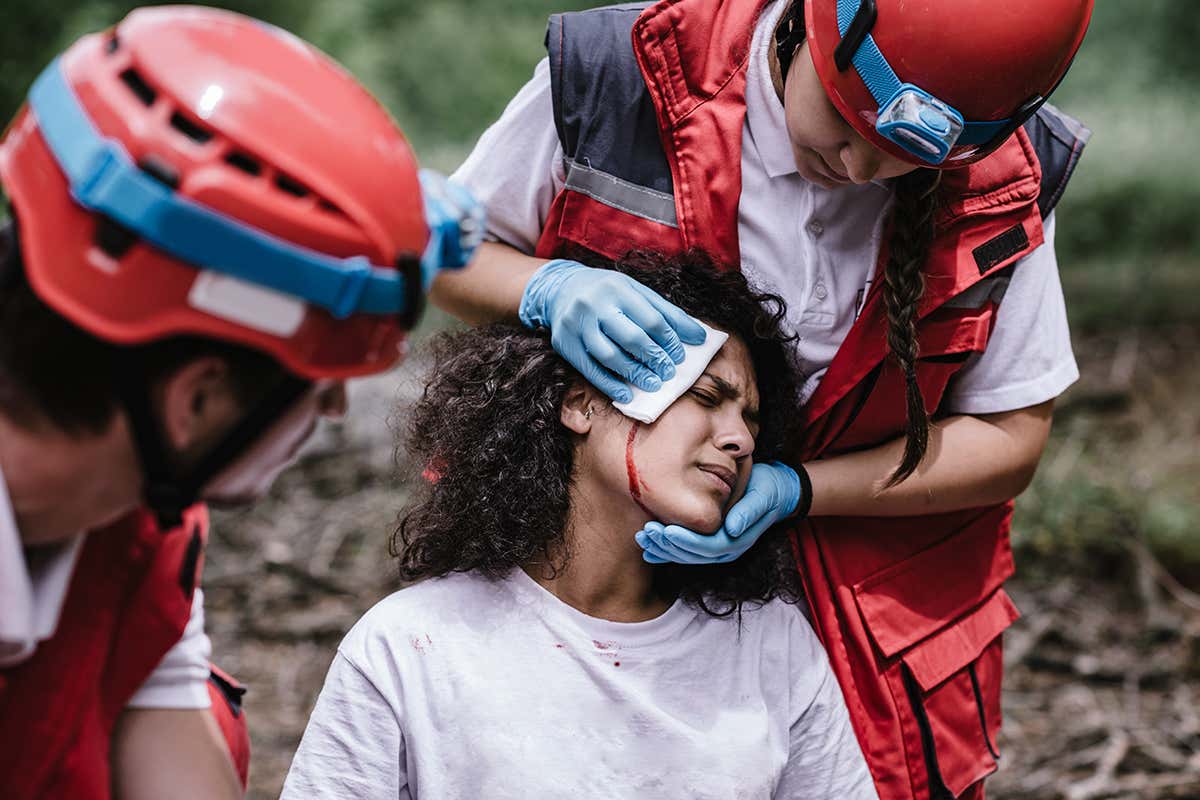Sports participation is the second most common cause of head injury, behind motor vehicle accidents, among 15- to 24-year-old.
The World Head Injury Awareness Day falls on March 20th every year to investigate the number of people who suffer from a mild bump on their head to severe brain injury. The purpose of this day is to remind us of how we can reduce accidents and brain injuries if we are mindful.

Recovering from Head Injury
Returning to being active again before the brain returns to normal functioning increases the person’s risk of having a more serious brain injury. Doctors and other concussion specialists agree that any player must not return to play until symptoms are completely gone, both at rest and during exercise or exertion.
Concussion is a blow or a jolt to the head also known as traumatic brain injury (TBI). An injury to another part of the body that transmits force to the head can also result in concussion. The injury keeps the brain from working normally.
Using medicine to improve concussion symptoms is not the same thing as being symptom-free. Medicines must be stopped before an athlete can be considered symptom-free. Children and teens have longer recovery times. So they may have to wait longer before they can return to play.
Treatment & Care
In case of Grade 1 injury that is mild physical trauma to the head such as a bump, contusion, or laceration. The first treatment is:
- 1 to 2 days of rest, both physical and mental.
- After resting, the athlete can gradually increase activity if it does not cause new symptoms or worsen his or her symptoms.
Returning to sports should be a slow progress through the following levels of activity:
- Limited activity. To begin with you can take part in daily activities as long as the activity doesn’t increase symptoms or cause new symptoms.
- Light aerobic activity. This can include walking, swimming, or other exercise at less than 70% maximum heart rate. No resistance training is included in this step.
- Sport-specific exercise. This includes skating drills or running drills (depending on the sport) but no head impact.
- Non-contact training drills. This includes more complex training drills such as passing. The athlete can begin light resistance training.
- Full-contact practice. The athlete can participate in normal training.
- Return to play. This is the final step and allows the athlete to join in normal game play.
The athlete must be symptom-free for 24 hours at the current level of activity before moving on to the next step. If one or more symptoms return, the player needs to go back to the previous level of activity with no symptoms for at least 24 hours before trying to do more.
These general rules apply to return to play after a first concussion.
In case of more than one concussion, the player will need a longer recovery time. Because the risk for a second concussion is greatest within 10 days of the first concussion,
it’s very important to make sure the player is completely recovered before he or she returns to play. A second injury, even if it is not a head injury, could cause permanent brain damage or death.
Note: A head injury grading system has been established with return-to-play guidelines, to assist sports medicine. A five level of head injury grading system has been established to assist proper care and treatment.
